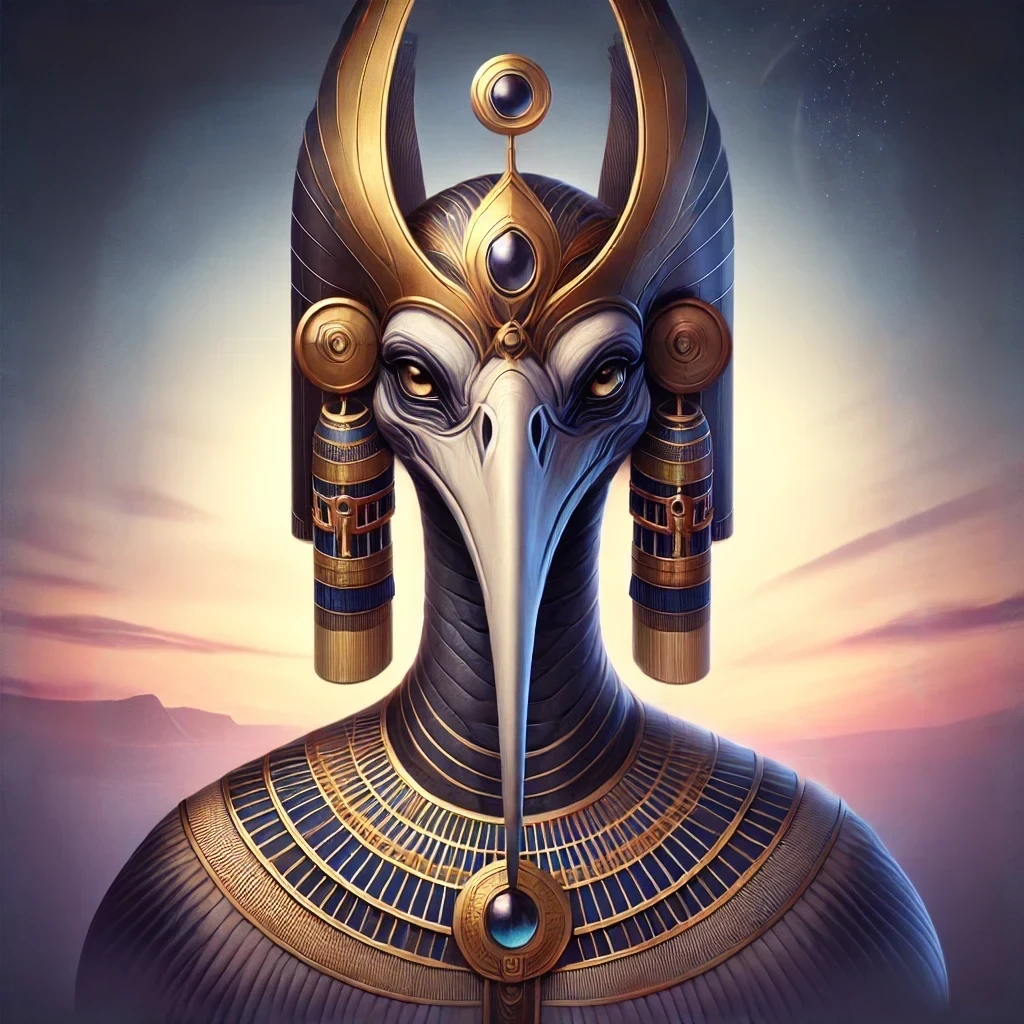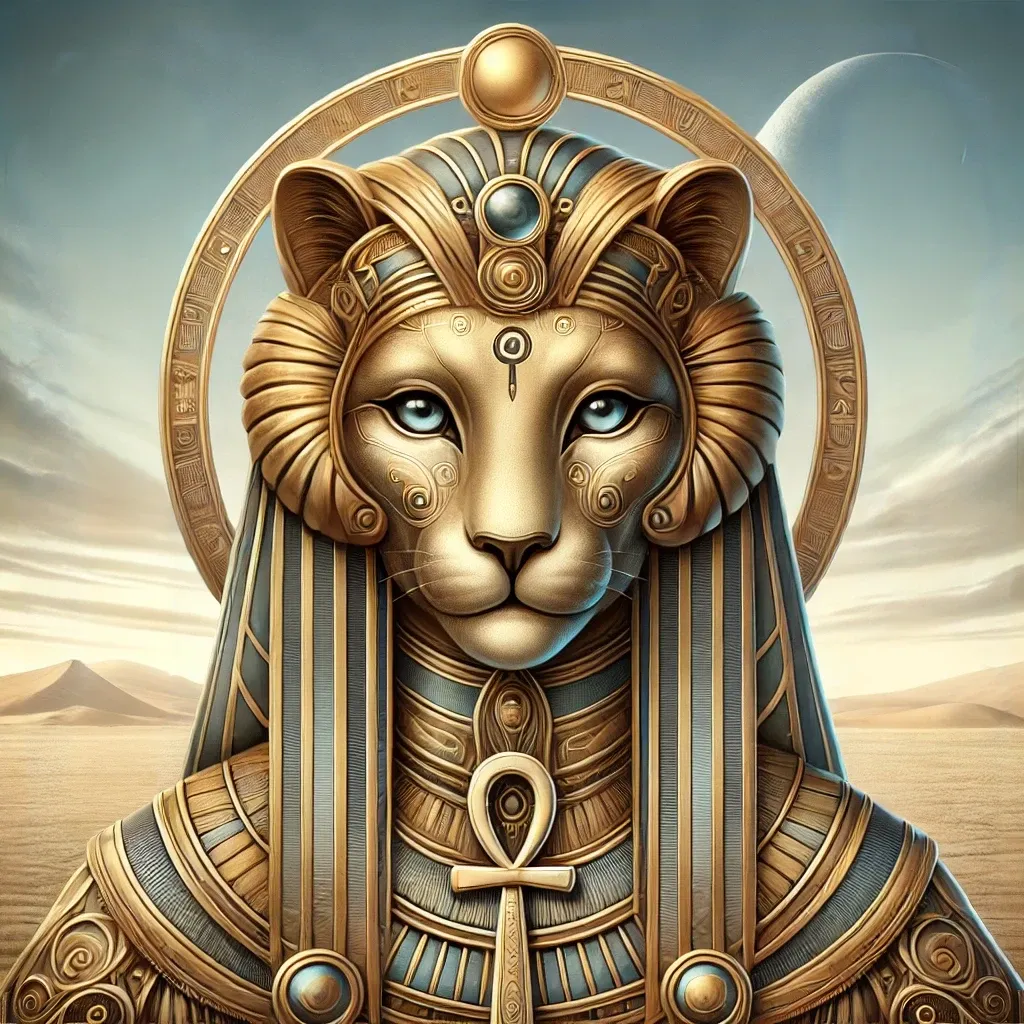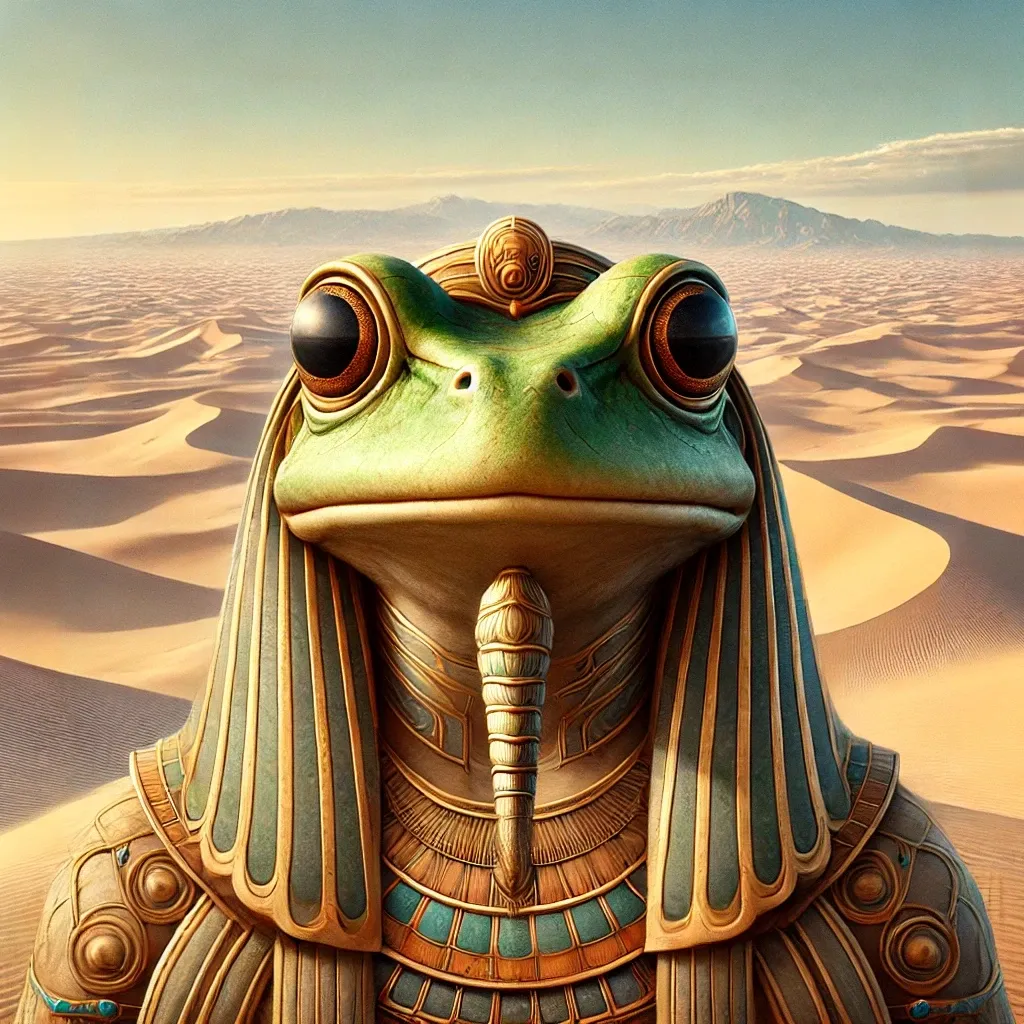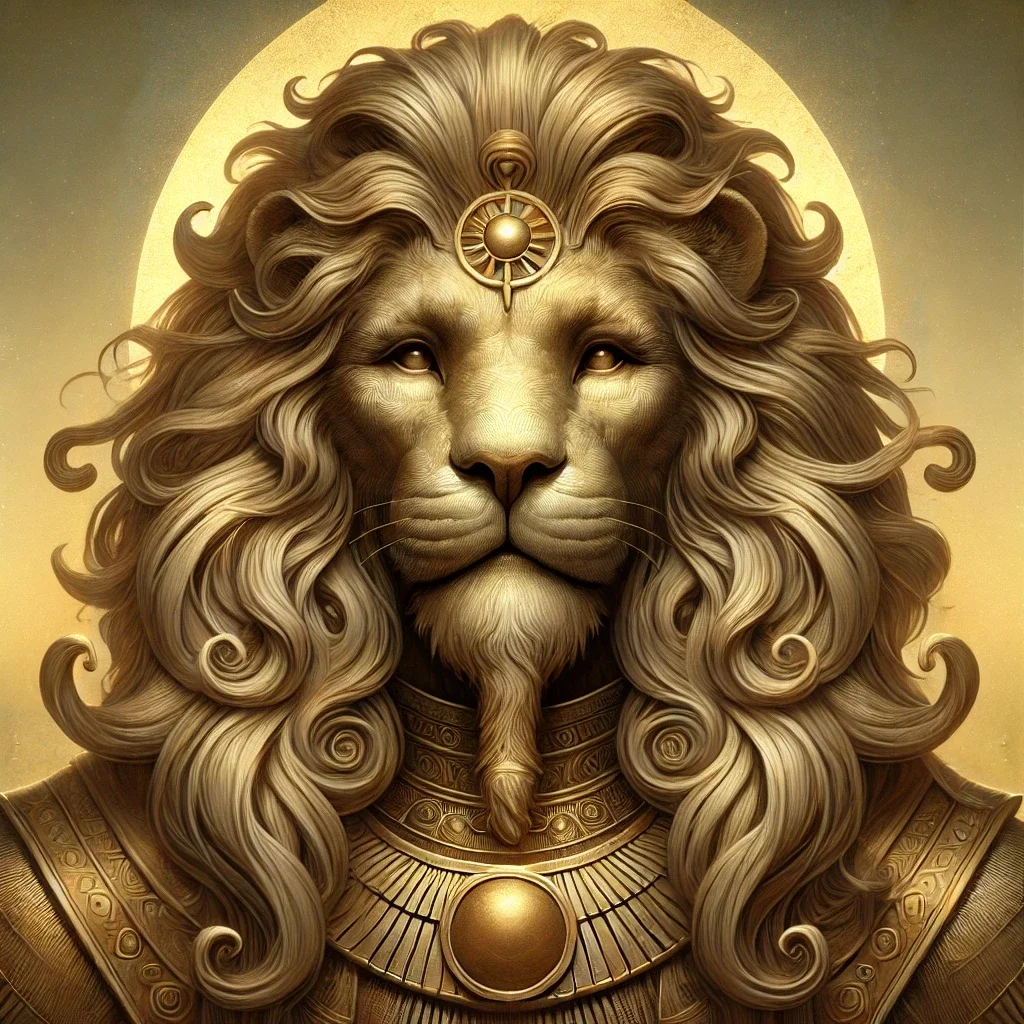Thoth, alternatively referred to as Djehuty, Tahuti, or Tehuti in Egyptian, was a prominent figure in ancient Egyptian religion and mythology. Often titled as the “Scribe of the Gods” or the “Lord of Time,” his name is derived from the Egyptian word “ḍjhwty,” translating to “He Who is Like the Ibis,” a bird sacred to this deity. Associated with wisdom, writing, and knowledge, he played a key role in many facets of ancient Egyptian society and mythology, particularly as the arbiter of divine law and cosmic balance.

Origins
Historical Roots
Thoth’s worship dates back to the early dynastic periods of ancient Egypt, around 3000 BCE. His name, derived from the Egyptian word Djehuty, translates roughly to “He Who Is Like the Ibis,” a reference to his sacred animal. Initially venerated in Hermopolis (modern-day Ashmunein), the god was regarded as a mediator and arbitrator, embodying the principles of Ma’at, or cosmic order.
Evolution of Worship
As Egyptian society evolved, so did Thoth’s role. During the Old Kingdom, he was associated primarily with scribes and scholars. By the New Kingdom, his domain expanded to encompass lunar deities and magical arts. His priests, often scribes themselves, played crucial roles in temple administration and royal documentation.
Appearance
Depictions in Art
Thoth is frequently depicted as a man with the head of an ibis, his elongated beak symbolizing his connection to precision and intellect. In some instances, he takes the form of a baboon, another animal sacred to him, representing his role as a lunar deity.
Iconographic Variations
Artifacts portray him holding a scribe’s palette and a stylus, emphasizing his association with writing. In his lunar aspect, he is sometimes depicted wearing a crescent moon on his head, cradling a full moon disk.

Abilities
Master of Writing and Language
Thoth is credited with the invention of hieroglyphics, which he gifted to humanity. As the divine scribe, he chronicled the deeds of gods and men alike, ensuring their place in eternity.
Keeper of Knowledge
Often called the “Lord of Divine Words,” he was believed to possess infinite knowledge. Ancient Egyptians credited him with authoring the Book of Thoth, a legendary compendium of esoteric wisdom and magical spells.
Arbiter of Cosmic Balance
As a judge, Thoth played a critical role in maintaining Ma’at. In the underworld, he weighed the hearts of the deceased against the Feather of Truth, determining their fate in the afterlife.
Myths
The Creation of the Calendar
One of the most enduring tales attributes the invention of the 365-day calendar to Thoth. Legend says he gambled with the moon goddess Khonsu, winning additional light to create five extra days, allowing Nut, the sky goddess, to give birth to her children.
Osiris and the Weighing of the Heart
In the story of Osiris’ judgment, Thoth appears as the scribe who records the outcomes of the weighing of the heart. His meticulous record-keeping underscores his impartiality and commitment to truth.

Symbolism
Associated Objects
The scribe’s palette and stylus are Thoth’s most iconic symbols, representing intellectual achievement. The crescent moon and baboon further highlight his connection to the lunar cycle and wisdom.
Sacred Animals
The ibis and baboon are his sacred animals, often seen as representations of foresight and wisdom.
Sacred Plants and Minerals
The papyrus plant, essential for writing in ancient Egypt, is closely linked to Thoth. Lapis lazuli, believed to embody divine wisdom, was also associated with him.
Relationships
Connection to Other Deities
Thoth’s closest relationships are with Ma’at and Ra. He serves as an advisor to Ra, helping him navigate the perils of the underworld. His partnership with Ma’at ensures the cosmic balance of the universe.
Role in the Ogdoad
In Hermopolitan theology, Thoth is part of the Ogdoad, a group of eight primordial deities representing the elements of creation.
Trivia
- Thoth’s Greek equivalent is Hermes, leading to his identification with Hermes Trismegistus in later mystical traditions.
- Some early Christian writers considered him a precursor to divine logos or wisdom.
- The “Emerald Tablets,” attributed to Thoth, became foundational texts in medieval alchemy.
- His temple at Hermopolis was a renowned center of learning and housed vast libraries.
- In some depictions, he is shown healing the Eye of Horus, symbolizing restoration and renewal.



